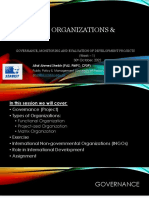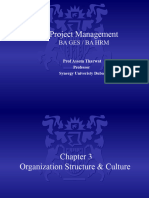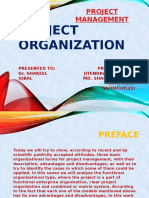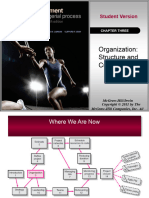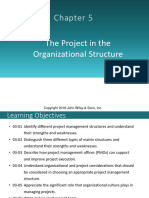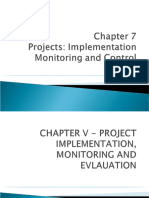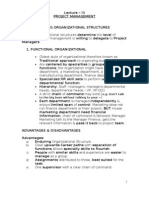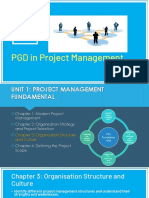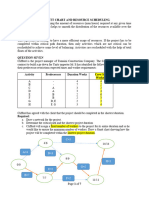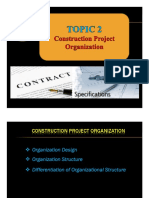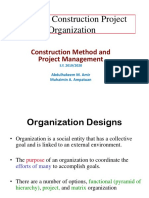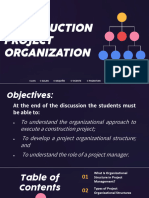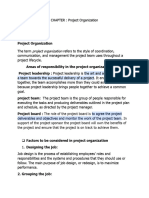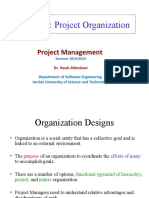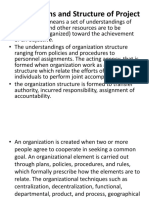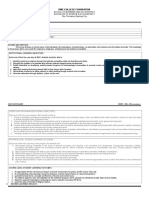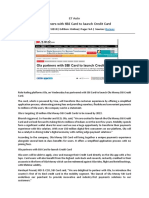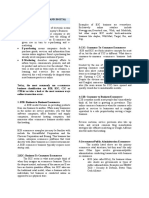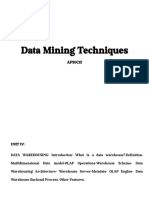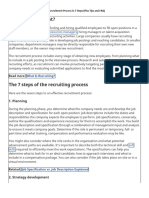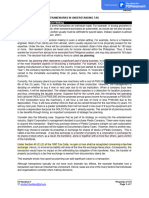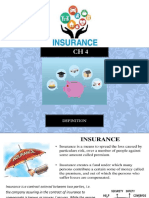0% found this document useful (0 votes)
87 views16 pagesProject Development
The document discusses project organization structures. It describes three main types:
1) Functional structures organize teams around core functions like engineering or marketing.
2) Projectized structures organize entirely around projects, giving project managers full control over resources and teams.
3) Matrix structures blend functional and project elements, challenging teams to report to both functional and project managers.
Uploaded by
Athoar AhmedCopyright
© © All Rights Reserved
We take content rights seriously. If you suspect this is your content, claim it here.
Available Formats
Download as DOC, PDF, TXT or read online on Scribd
0% found this document useful (0 votes)
87 views16 pagesProject Development
The document discusses project organization structures. It describes three main types:
1) Functional structures organize teams around core functions like engineering or marketing.
2) Projectized structures organize entirely around projects, giving project managers full control over resources and teams.
3) Matrix structures blend functional and project elements, challenging teams to report to both functional and project managers.
Uploaded by
Athoar AhmedCopyright
© © All Rights Reserved
We take content rights seriously. If you suspect this is your content, claim it here.
Available Formats
Download as DOC, PDF, TXT or read online on Scribd
/ 16
